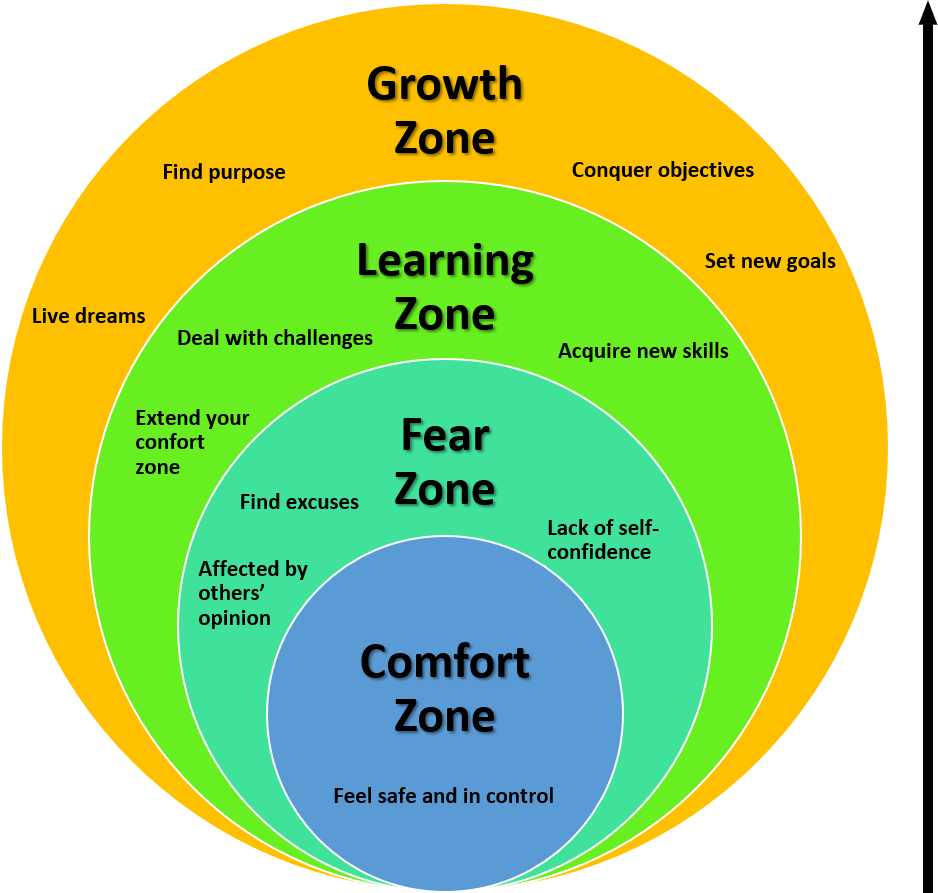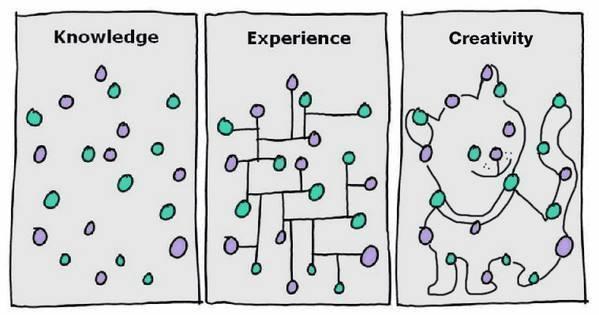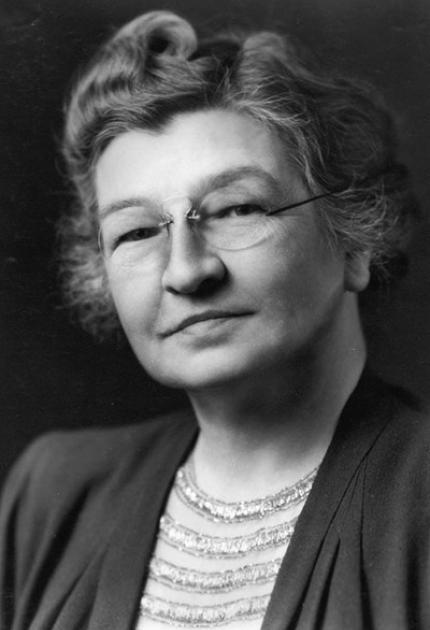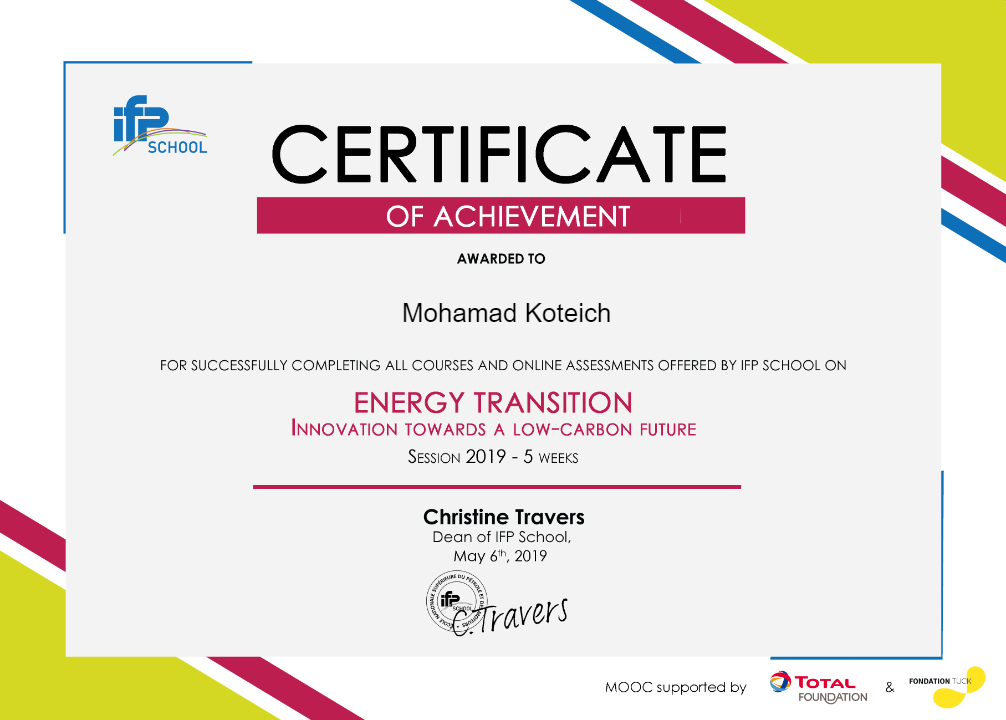
Title: Loonshots: How to Nurture the Crazy Ideas That Win Wars, Cure Diseases, and Transform Industries
Author: Safi Bahcall
Publication Date: 2019
Recommendation Score: 4.5/5
Safi Bahcall is an entrepreneur with a Ph.D. in physics. In his book “Loonshots” he tries to apply the principle of physics to innovation in business ventures. The book is inspired by two success stories in recent American history 1) the turnaround of the Bell Telephone Company, led by Theodore Vail, during the first decade of the 20th century which resulted in creating the Bell Labs, 2) and by the efforts of Vannevar Bush to improve the technology of the US army during the second world war.
The author states that for an organization to nurture innovation, the following conditions should be met:
Phase Separation and Dynamic Equilibrium
Create phase separation and dynamic equilibrium: to separate the artists, who want to create crazy technology, from soldiers whose discipline ensures that the technology is being implemented efficiently (quality, cost, time). And create a continuous exchange of ideas, information, and people between the two groups (dynamic equilibrium) to allow the transfer of technology from the innovation phase to the implementation phase, and to allow the transfer of field experience to innovators.
The Leader as a Gardener
Innovation leaders should be like gardeners: their role is to balance between the two groups and to manage the transfer between them. Not to intervene as soldiers, nor to contribute as artists. And leaders should love their artists and soldiers equally.





 If your time to you is worth saving
If your time to you is worth saving